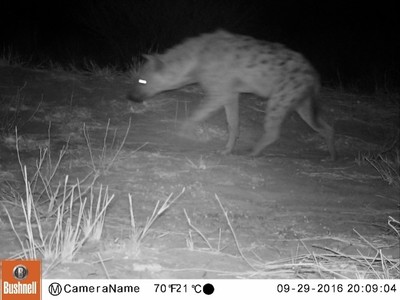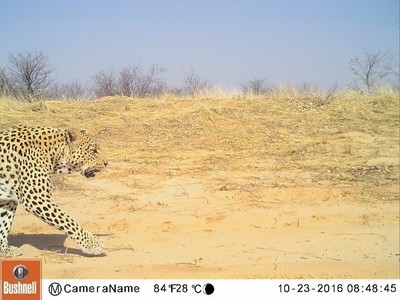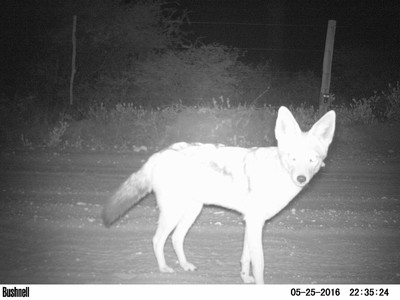|
A wide range of carnivores exist on farmlands and a small study was conducted to determine what key factors may influence carnivore occupancy in these areas. Findings show that cattle farming areas are rich in carnivore species (11 found in this study, not including genet and mongoose species) and the occupancy of species varies with areas in the northern protected areas of the country. Brown Hyena and Cape Fox were the most commonly occurring species in the cattle farms that were studied, and had much higher rates of occupancy than in Moremi Game Reserve. We hope that by highlighting the diversity of wildlife within farming areas we can shed light on the importance of non-protected areas in the conservation of Botswana's threatened species.
0 Comments
Dogs can be trained to find scat of species and scats are a valuable tool in research as they can be analyzed for dietary intake, genetics and hormone-work and can be used for population assessment. A new pilot study is currently being undertaken by CCB, looking at the effectiveness of using a locally bred Tswana dog to be trained as a scat detection dog for assessing cheetah occupancy in private and unprotected lands. Methods for assessing cheetah is quite limited due to their general lack of utilisation of roads, thus making camera trapping and spoor surveys less reliable for this species. Scat dogs may be an alternative method that may be more useful in largely remote and poorly accessible areas. This is a long-term project and has begun with the help of CCB volunteer Gaelle Michel, who has experience in dog training. A local Tswana puppy “Loeto” was sought and is currently undergoing basic training with Gaelle. This project is particularly interesting as Loeto is a locally bred Tswana dog and not the typical foreign breeds normally used for this purpose. Training is going well, with Loeto already being able to find pre-placed scats from several hundred metres away. The use of scat detection dogs is becoming more widely used in Africa for detecting rare species like cheetah and we hope to use this method in Botswana in the future. |
SearchArchives
May 2024
Categories |




 RSS Feed
RSS Feed
